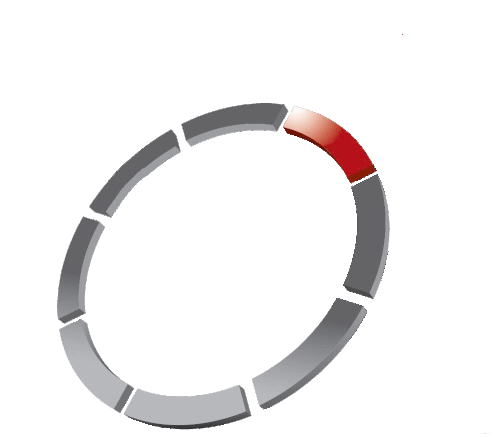
Welcome to Visual Electronic Services Limited
CCTV Systems
Access Control Systems
Intruder Alarm Systems
Intercom Systems
System Integration
Turnstiles and Barriers
Service and Maintenance
Fire Detection Systems
Heading 1

Fire Alarm Systems
Visual Electronic Services provide a comprehensive range of fire alarm systems and maintenance packages, offering open-protocol and managed protocol solutions to give your premises and company the very best possible protection from smoke and fire.
Ensuring that your premises is adequately protected from the threat of fire is not only vital for the safety of your staff and visitors, but is also a legal requirement for all businesses. Visual Electronic Services provide the highest quality fire alarm services, fully compliant with BS5839. We provide services ranging from the maintainenance of existing systems through to installing large, networked addressable fire alarm systems. Our experienced and qualified team are on hand to specify, design, install and maintain the best system for your needs.
The importance of Fire Alarms
The vast majority of buildings need a fire alarm to ensure the protection of life and property. They are the safest and most reliable way of informing all employees and staff of a fire situation.
Where are Fire Alarms required?
Fire alarms are required in most buildings, in accordance with the Regulatory Reform (Fire Safety) Order and the Fire Risk Assessment.
How do you determine what Fire Alarm is requuired?
British Standards defines the category required for a specific risk. VES will work with you to develop a Fire Risk Assessment that will specify the category of system required to meet your risk.


VES Fire Policy
VES recommends open protocol fire alarm systems. Our pledge to our customers if we fail to deliver the highest standard of service you’d expect from the UK’s leading experts, is you are free to choose a different company to service the system or to supply a different / upgraded panel or other components, since any competent company (including even competitor companies) have access to the protocol and can make compatible equipment. This way it keeps fire companies alike competitive and working towards our common goals.
Open and closed protocols - What does it all mean?
Here we explain the differences between open and closed protocol systems and outline the advantages and disadvantages of each and what this may mean for you, the customer.
What are protocols?
The term ‘protocol’, when used with reference to electronic products, refers to the way in which the products communicate with each other. People use ‘language’ to communicate to one another; electronic products have a simplified ‘language’ which is termed ‘protocol’. Protocols are often referred to as ‘open’, ’closed’, ‘digital’ and ‘analogue’. It is important to be sure what each term means when comparing different types of fire detection systems.
Fire industry protocols
In the fire detection industry analogue addressable systems use control panels and detectors (and of course, devices such as interfaces) which communicate by means of a protocol. Some manufacturers offer both panels and detectors. These companies have no obligation to disclose the nature of their protocol to anyone, since they offer an all-encompassing package needed to provide an analogue addressable system. No equipment that is supplied by other manufacturers is expected to be compatible and generally cannot communicate with such systems, so therefore this is often usually described as ‘closed ‘protocol.
Many manufacturers of detectors and devices make no control panels; they have built up partnerships and relations with panel manufacturers. The detector and device manufacturers determine the protocols used by the said devices and provides this information and technical data required by panel manufacturers to design and implement build on control panels that will drive the detectors. All data of the protocol must be divulged, and it is often referred to as ‘open’ protocol.
Closed protocols
Manufacturers of fire equipment utilising closed protocol systems claim that all components of their equipment such as detectors, panels, call points, interfaces and special detectors will work happily with each other, as it all designed and manufactured by the same company. The main factor of a system consisting of interfaces and detectors from one manufacturer and panels etc from another manufacturer will not communicate and work as well with each other.
Open protocol
Manufacturers of fire equipment utilising open protocol systems would encourage that products from different manufacturers work just as well with each other. In many cases, there might even be an advantage in having different specialist manufacturers concentrating on their components as well as offering greater flexibility with other manufactures integrating in to one open protocol system.
After sales service
The Closed protocol systems tend to have problems where sites inherit the system or want a change away from the their current system as when both the addressable panel and detection devices are manufactured by the same company the owner is dependent on just one manufacturer for all system components, with also the servicing, modifications and upgrading of fire systems, since no other manufacturer’s products will be compatible. Open protocol systems can be serviced by most companies as there are very little restrictions when installing and maintaining a system. If the fire company provides poor service, or increases their service costs, you are not in a flexible position to take the business elsewhere without having to completely replace your fire alarm system, a position no client/ customer would ideally like to be.







